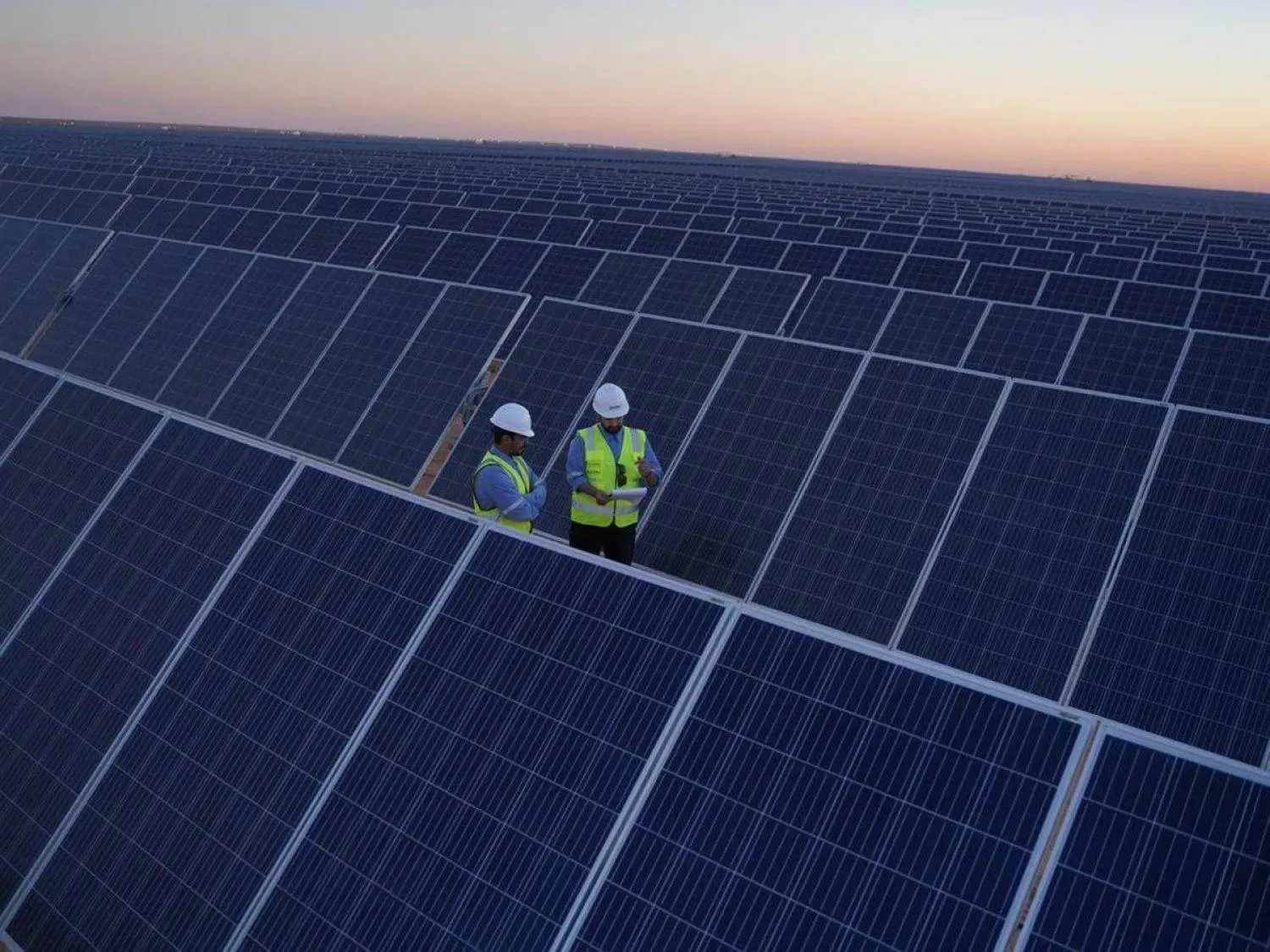Oil prices rose more than 1% on Thursday, spurred by concerns of Hurricane Francine impacting output in the US, the world's biggest crude producer, though worries of lower demand capped gains.
Brent crude futures for November were up $1, or 1.4% at $71.61 a barrel at 0632 GMT. US crude futures for October were up 92 cents, or 1.4%, at $68.23 a barrel, Reuters reported.
Both contracts rose by more than 2% in the previous session as offshore platforms in the US Gulf of Mexico were shut and refinery operations on the coast disrupted by Hurricane Francine's landfall in southern Louisiana on Wednesday.
"Both benchmarks, WTI and Brent, seem to have found some ground amid worries of disrupted US oil supplies," said Priyanka Sachdeva, senior market analyst at Singapore-based brokerage Phillip Nova.
"The region accounts for about 15% of US oil production, with any disruptions in production likely to tighten supplies in the near term."
But with the storm set to eventually dissipate after making landfall, the oil market's attention again turned to lower demand.
US oil stockpiles rose across the board last week as crude imports grew and exports dipped, the Energy Information Administration said on Wednesday.
The data also showed gasoline demand fell to its lowest since May at the same time distillate fuel demand dropped, with refinery runs also declining. The US is the world's biggest oil consumer.
Despite worries of Hurricane Francine impacting supply, the medium-term trend remains bearish for WTI crude, supported by weak demand from China and "growth scare concerns" in the US, said Kelvin Wong, senior market analyst at OANDA.
Earlier in the week, the Organization of the Petroleum Exporting Countries cut its forecast for global oil demand growth in 2024 and also trimmed its expectation for next year, its second consecutive downward revision.
"Oil traders are now looking ahead to International Energy Agency's monthly market report later this week for any signs of a weakening demand outlook," ANZ Research said in a note on Thursday.
Oil Prices Up Over 1% on US Hurricane Impact Concerns

FILE PHOTO: A view of the Johan Sverdrup oilfield in the North Sea, January 7, 2020. Carina Johansen/NTB Scanpix/via REUTERS

Oil Prices Up Over 1% on US Hurricane Impact Concerns

FILE PHOTO: A view of the Johan Sverdrup oilfield in the North Sea, January 7, 2020. Carina Johansen/NTB Scanpix/via REUTERS
لم تشترك بعد
انشئ حساباً خاصاً بك لتحصل على أخبار مخصصة لك ولتتمتع بخاصية حفظ المقالات وتتلقى نشراتنا البريدية المتنوعة







